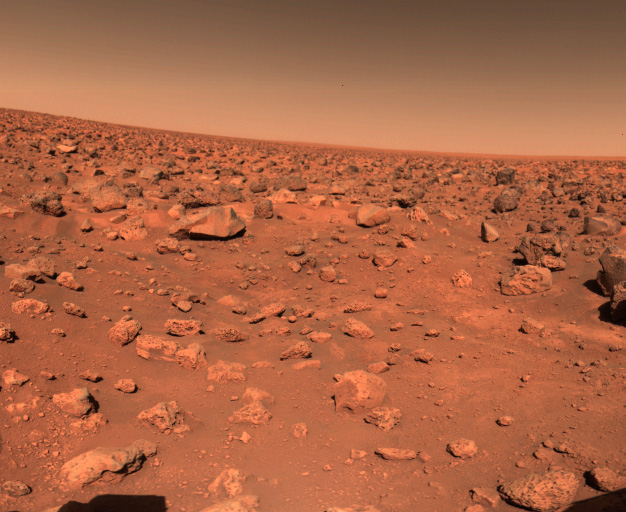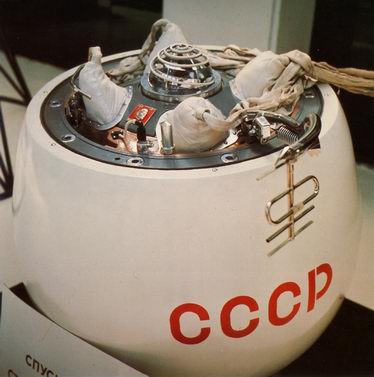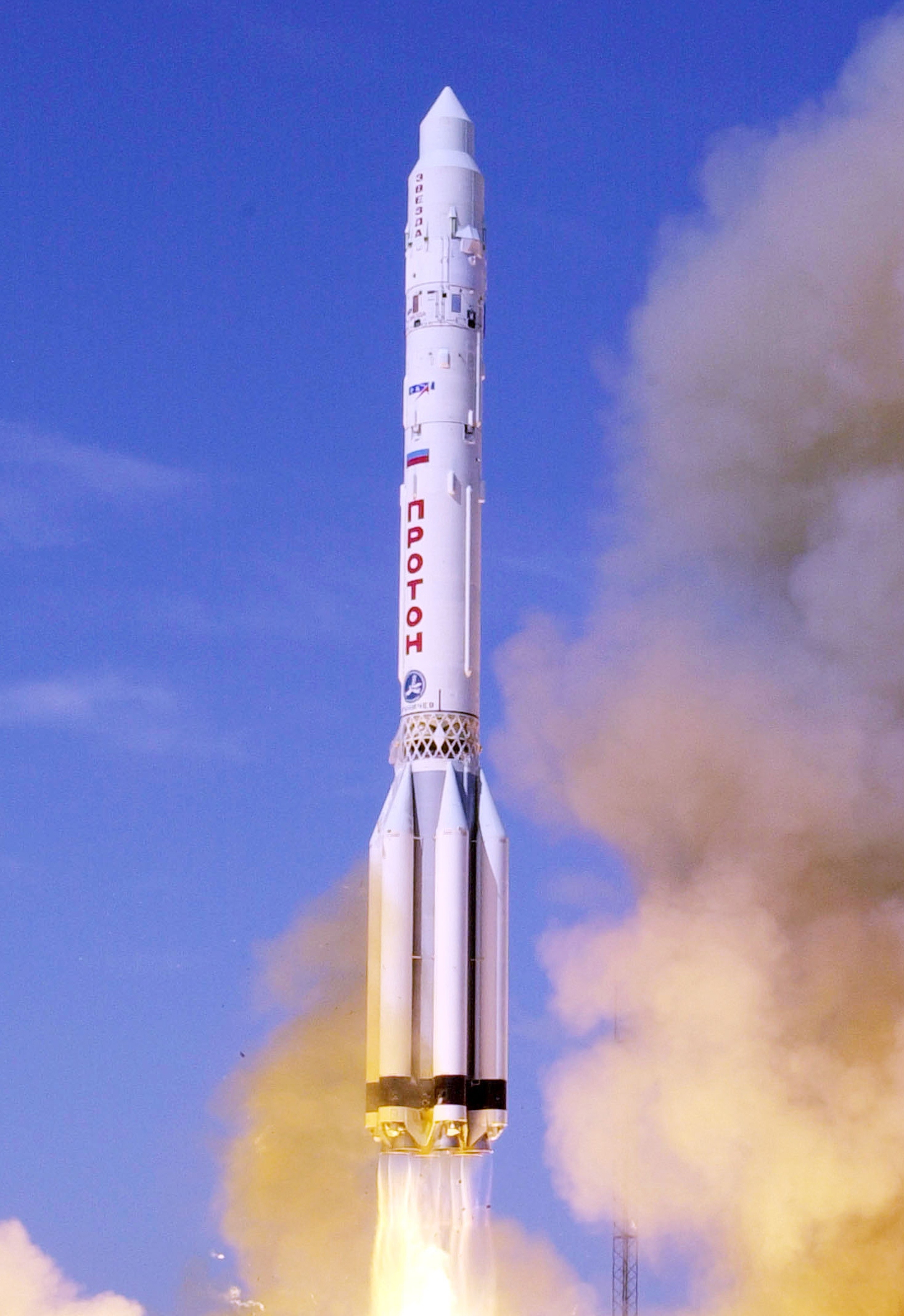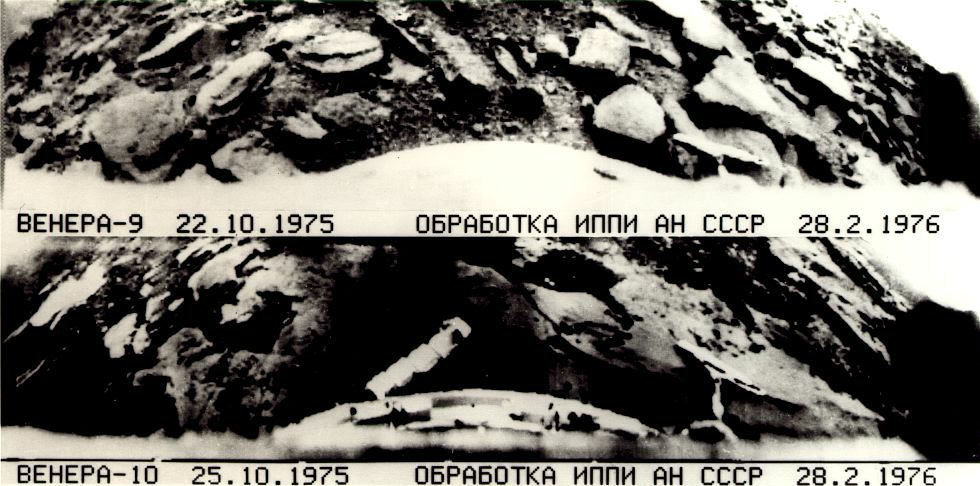Fifty years ago today — May 15, 1960 — the Soviet Union launched Sputnik-4 from the Baikonur Cosmodrome.
The mission was designed to test the systems for launching men into space, but sources conflict about the design and operational details. It is clear that Sputnik-4 was launched by a modified SS-6 ‘Sapwood’ intercontinental ballistic missile, the same rocket that would become known (if it wasn’t already) as the Vostok. But spacecraft details vary.
Sputnik-4’s mass is listed on the National Space Science Data Center page (above) as 1477 kg, but this fascinating page, complete with detailed illustration, lists its mass as over 4500 kg. Some sources say the spacecraft carried a pressurized cabin in which sat an instrumented mannequin, others that it only carried a mock-up of the manned cabin.
The sources agree that the orbiting spacecraft malfunctioned when its retro rockets fired while the vehicle was oriented incorrectly. Instead of descending into the Earth’s atmosphere, it was actually boosted into a higher orbit. The effect of the malfunction became the subject of some controversy, as the spacecraft did not re-enter the atmosphere where it was supposed to. It is said to have de-orbited in October 1965, but this Wikipedia page mentions that debris from the spacecraft impacted in Manitowoc, Wisconsin in September 1962.
But the biggest controversy about this launch is the theory that it contained a living person rather than a mannequin or mock-up. Radio calls were apparently overheard between the spacecraft and the ground that had the character of distress calls, but they were attributed to taped transmissions meant to test the communications equipment.
This final controversy also includes an unlikely witness: author Robert A. Heinlein, the science fiction Grand Master.
This Wikipedia page about the so-called ‘lost cosmonauts’ reminded me that Heinlein had been touring the Soviet Union in the same timeframe as this launch (and of Francis Gary Powers’s crash in his U-2). Of course I pulled my copy of Expanded Universe down off the shelf to find this tidbit in the article “‘Pravda’ Means ‘Truth'”:
I am sure of this: At noon on May 15 a group of Red Army cadets were unanimously positive that the rocket was manned. That pravda did not change until later that afternoon.
You must decide on your own, of course, if you believe the official version.



 by
by 
















